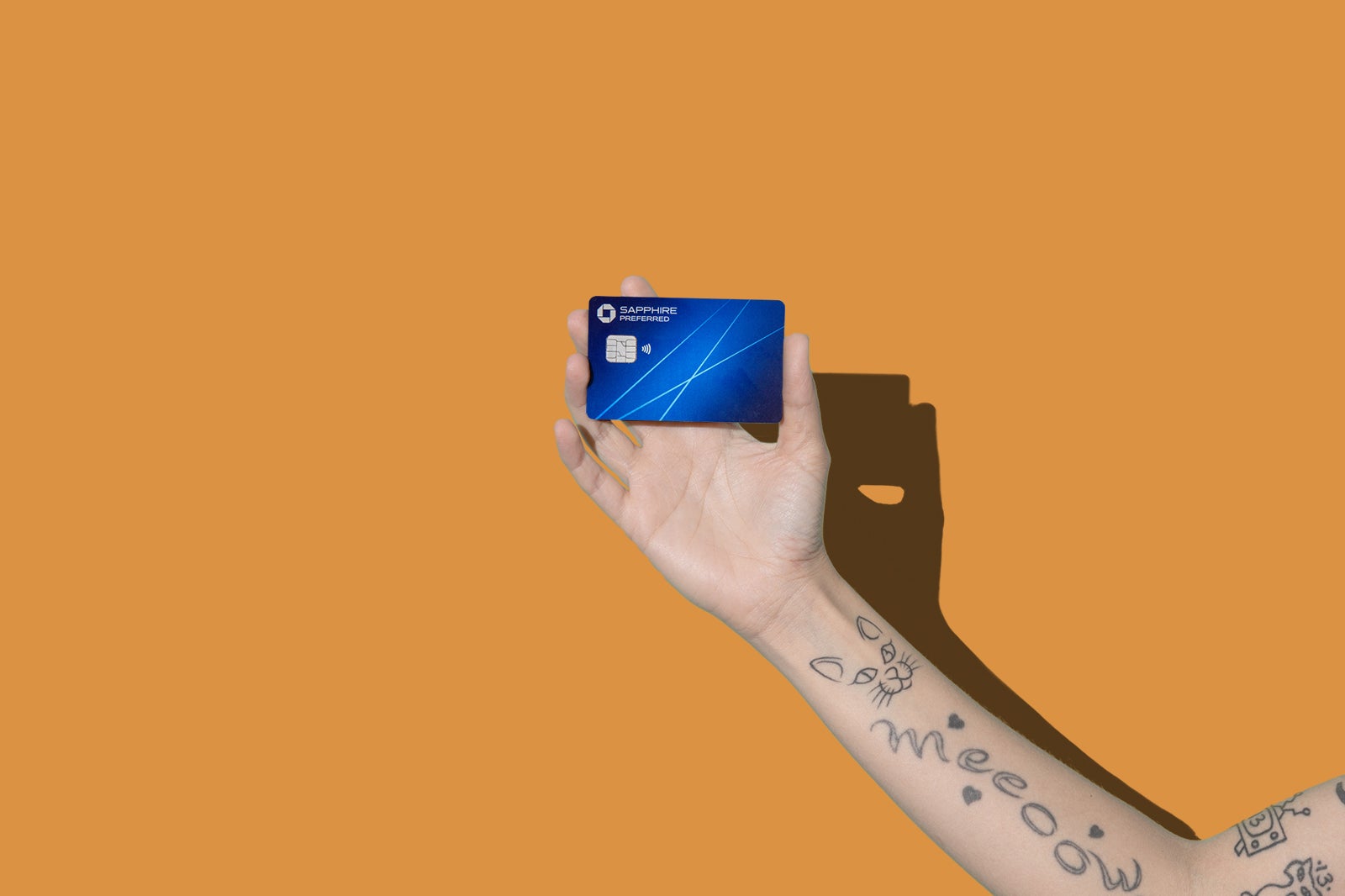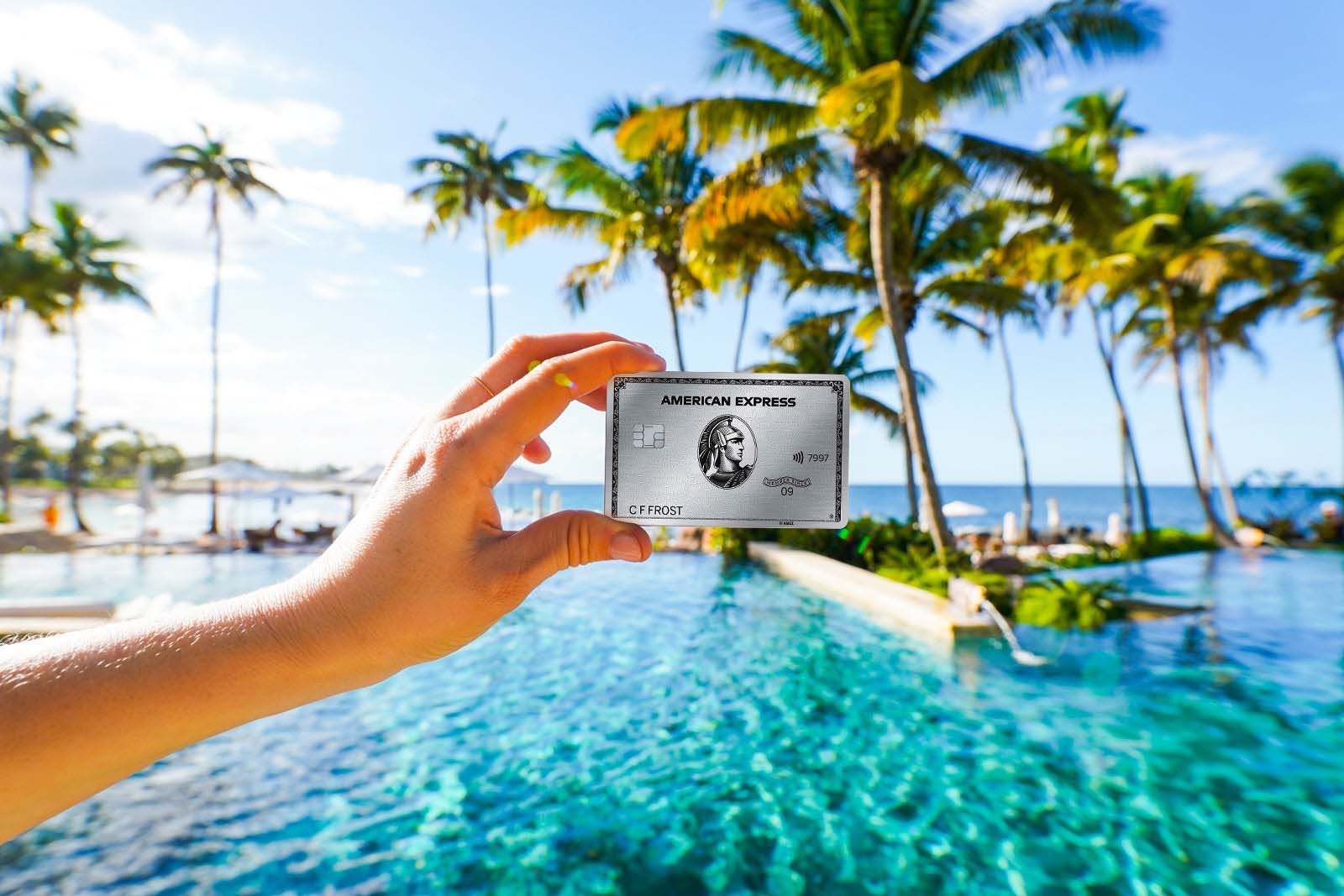Editor’s note: This is a recurring post, regularly updated with new information.
Credit cards are an excellent tool to help you meet your financial goals. I personally use my credit cards to help me fund trips with points and miles that I otherwise wouldn’t be able to experience.
I strategically use my cards to maximize my grocery store spending, takeout and delivery from restaurants and online shopping. That way, I’ll have enough points saved up for an amazing getaway.
Of course, you can also utilize cash-back cards to save money on your monthly expenses right now or to save up for a larger purchase. Travel credit cards are the best way to get the most value out of your rewards, though, as you can often extract more than 1 cent per value with your points and miles.
If you’ve never had a credit card, switching over from cash or debit to credit can be a bit overwhelming, especially since there are so many options available to consumers. This guide will walk you through the steps you need to take before applying for your first credit card to make sure the experience goes as smoothly as possible.
Want more TPG news and advice delivered to your inbox daily? Sign up for the TPG newsletter.
In This Post
Check your credit score

The first thing you need to do is figure out your credit score, which is one of the largest factors companies use to determine whether to approve your credit card application. Generally speaking, travel rewards credit cards require higher scores than other types of cards. Because you’re able to earn rewards and reap benefits from the card, issuers want to make sure you’re a low-risk borrower.
No idea what your credit score is? There are plenty of ways to check it for free. Every American is entitled to a free credit report each year from the three major credit reporting agencies. Your report will go much deeper than your credit score, but it’s good to keep an eye on it to ensure its accuracy and address any issues.
Now that FICO has the FICO Score Open Access program, it’s not hard to obtain your credit score online for free. For a step-by-step rundown of how to check your score at each of the major credit reporting bureaus, check out our guide to how you can check your score for absolutely free.
Related: What credit score do you need for the Chase Sapphire Preferred?
What’s a good credit score?
The most common credit score is from FICO, which consists of a number between 300 and 850. Generally speaking, a “good” credit score falls in the 670-739 range, “very good” is considered 740-799 and anything above that is “exceptional.” In order to be approved for the best rewards credit cards, both travel-focused or cash back, you’ll want to have a credit score of at least 670. That’s not to say that you can’t be approved if you have a score below that, but it does lower the odds of an approval.
Related: 5 ways to use credit cards responsibly
Choosing the right credit card

Once you know your credit score, you can start looking at credit cards that you would likely be approved for. For example, if you have little to no credit, you’ll want to look at the best first credit cards, which typically don’t require an extensive credit history for approval.
If your credit score is on the lower side, you’ll want to look into improving your score by applying for a secured credit card and/or becoming an authorized user on someone else’s account.
If you have an excellent credit score, the credit card world becomes your oyster. You can choose from any of the best credit cards to apply for. Here are a few of the things you should look for when deciding which card to apply for:
Welcome bonus
The best rewards credit cards almost always come with large welcome bonuses that allow new cardholders to earn a large sum of points, miles or cash back after hitting a certain spending threshold in the first few months of opening the account. Some of the best welcome offers available right now are worth more than $1,000. Make sure you are choosing a card with a compelling welcome offer that is attainable for your monthly budget.
Type of card
There are many kinds of credit cards for you to choose from based on the type of rewards or benefits you’re looking for. If you aspire to travel often, a travel credit card might be a good fit. Someone who is more interested in saving money on expenses or saving up for a large purchase might consider a cash-back credit card. If you’re a frequent traveler who is loyal to a specific airline or hotel, you should look into cobranded credit cards. It’s all about choosing a card that will help you meet your goals.
Rewards potential
Rewards cards generally have different bonus categories, from travel to dining to groceries and more. You want a card that earns rewards in the categories where you spend the most each month. For example, if you spend a lot on groceries at U.S. supermarkets and at restaurants each month, you should look into a card like the American Express® Gold Card, which offers 4 points per dollar spent in these categories (capped at $25,000 in purchases per calendar year; then 1x at U.S. supermarkets).
If you don’t spend a lot of money in just one or two categories each month, you can try out a card like the Capital One Venture Rewards Credit Card, which earns 2 miles per dollar spent on every purchase.
Annual fee
Unfortunately, the trade-off for higher rewards and travel benefits is often an annual fee. When considering whether to apply for a card with an annual fee, make sure you will be able to use the card enough to offset that cost. For example, if you apply for the Chase Sapphire Reserve, make sure you will use the $300 travel credit and rack up enough rewards through spending to offset the $550 annual fee.
If you want to start conservatively, there are also solid credit cards with no annual fee.
Benefits
Credit cards often come with other benefits aside from just category bonuses. These can differ drastically from card to card but can include things like lounge access, annual credits for travel or dining, travel insurance protections and more.
Check to see if you’re pre-qualified

Once you’ve chosen a card to apply for, check to see if you are pre-qualified with a better offer. You can check this through the CardMatch tool.
Some potential new cardholders have been targeted through CardMatch for a 125,000-point welcome bonus offer on The Platinum Card® from American Express (targeted offer subject to change at any time). That’s 25,000 points higher than the current public offer of 100,000 Membership Rewards Points after you spend $6,000 on purchases in your first six months of card membership. Since American Express has a once-per-card-per-lifetime rule when it comes to earning welcome bonuses, you want to make sure you’re applying for the highest one possible.
This doesn’t just apply to Amex cards. Credit cards are subject to an array of restrictions that could limit you from earning a bonus on a card in the future. By not checking CardMatch or other pre-qualifying tools, you could be leaving hundreds of dollars in rewards on the table.
Related: How to use the CardMatch tool to get better credit card welcome offers
Fill out an application

Once you’ve chosen a card to apply for and checked for the best welcome offer, the hard part is over. Now all that’s left is applying for your card and then maximizing it.
You can apply for a credit card online, by mail or by phone. The easiest option is to do it online. A credit card issuer will ask for some personal information, including your name, contact information, annual income and other financial details. You’ll be asked to read the terms and conditions on associated benefits, rates and fees for the card.
I know reading terms and conditions is pretty much everyone’s least favorite activity, but it’s important to know what you’re signing up for. I highly recommend reading through the offer details and fine print regarding the rates, fees and conditions for using the card benefits. That way, you won’t be surprised down the road.
Once you apply, many issuers will give you a decision in just a few seconds, but you could end up having to wait for up to two weeks for an answer.
Keep in mind that a credit card application results in a “hard pull,” which will appear on your credit report for up to two years. This could result in a temporary minor decrease in your score (generally only by a few points). Keep this in mind if you are planning on applying for other types of credit in the near future, as a changing credit score could cause your interest rates or approval odds for things like a mortgage or car loan to change.
Maximize your new credit card

Once you have your credit card, the fun begins. Make sure you’re using your card to its full advantage. This means using it for appropriate purchases, using its benefits and ultimately redeeming your rewards. Here are some tips for booking that first award trip.
Just make sure to also follow TPG’s 10 commandments for rewards credit cards so that you don’t make these credit card mistakes.
Related: TPG’s beginner’s guide to credit cards: Everything you need to know
Bottom line
Credit cards can help you consolidate debt, save money and experience the magic of traveling the world by earning and redeeming rewards.
Applying for a credit card can seem scary, but if you know what to look for, the process is actually quite straightforward. At the end of the day, having the right credit card in your wallet is worth the research and application process.
Additional reporting by Stella Shon.
Featured image by Orli Friedman for The Points Guy.
